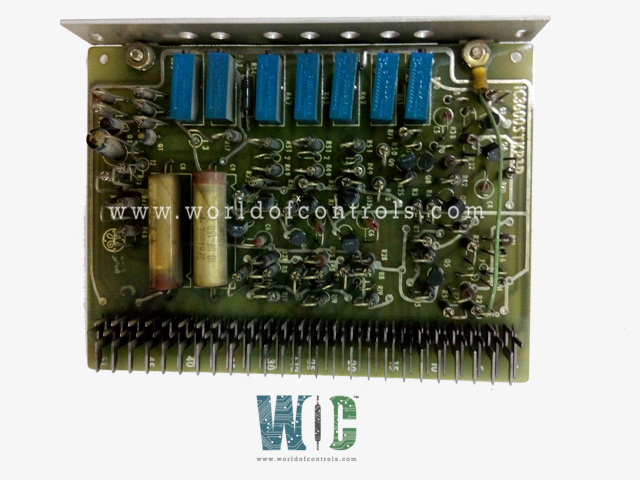
World Of Controls understands the criticality of your requirement and works towards reducing the lead time as much as possible.
IC3600STKP1 - Temperature Control Peak Board is available in stock which ships the same day.
IC3600STKP1 - Temperature Control Peak Board comes in UNUSED as well as REBUILT condition.
To avail our best deals for IC3600STKP1 - Temperature Control Peak Board, contact us and we will get back to you within 24 hours.
Part No: IC3600STKP1
Manufacturer: General Electric
Function: Temperature Control Peak Board
Series: Mark I and II
Repair: 3-7 Day
Availability: In Stock
Country of Manufacturer: United States (USA)
IC3600STKP1 is a temperature control peak board developed by GE. It is a part of Mark I and II control system. It integrates and processes temperature signals from multiple thermocouples, ensuring accuracy through averaging and compensation. These processed signals are then used to modulate VCE, contributing to precise temperature regulation within the system. The board is a fundamental component in temperature control systems integrated into industrial processes and equipment.
WOC is happy to assist you with any of your GE requirements. Please contact us by phone or email for pricing and availability on any parts and repairs.
What is IC3600STKP1?
It is a Temperature Control Peak Board developed by GE
How does the board process temperature signals?
It processes temperature signals from 12 Chromel-Alumel thermocouples situated strategically within the turbine exhaust duct. These signals are collected, averaged, and compensated for cold junction variations to ensure accurate temperature readings.
What is the purpose of the temperature signal averaging and compensation processes?
The averaging and compensation processes ensure that the temperature readings obtained from multiple thermocouples are accurate and representative, accounting for any variations in temperature at the junction points.
How are these processed temperature signals utilized for temperature control?
The processed temperature signals are combined with reference signals and used to modulate the output voltage (VCE). This modulation directly influences and regulates the temperature within the system.